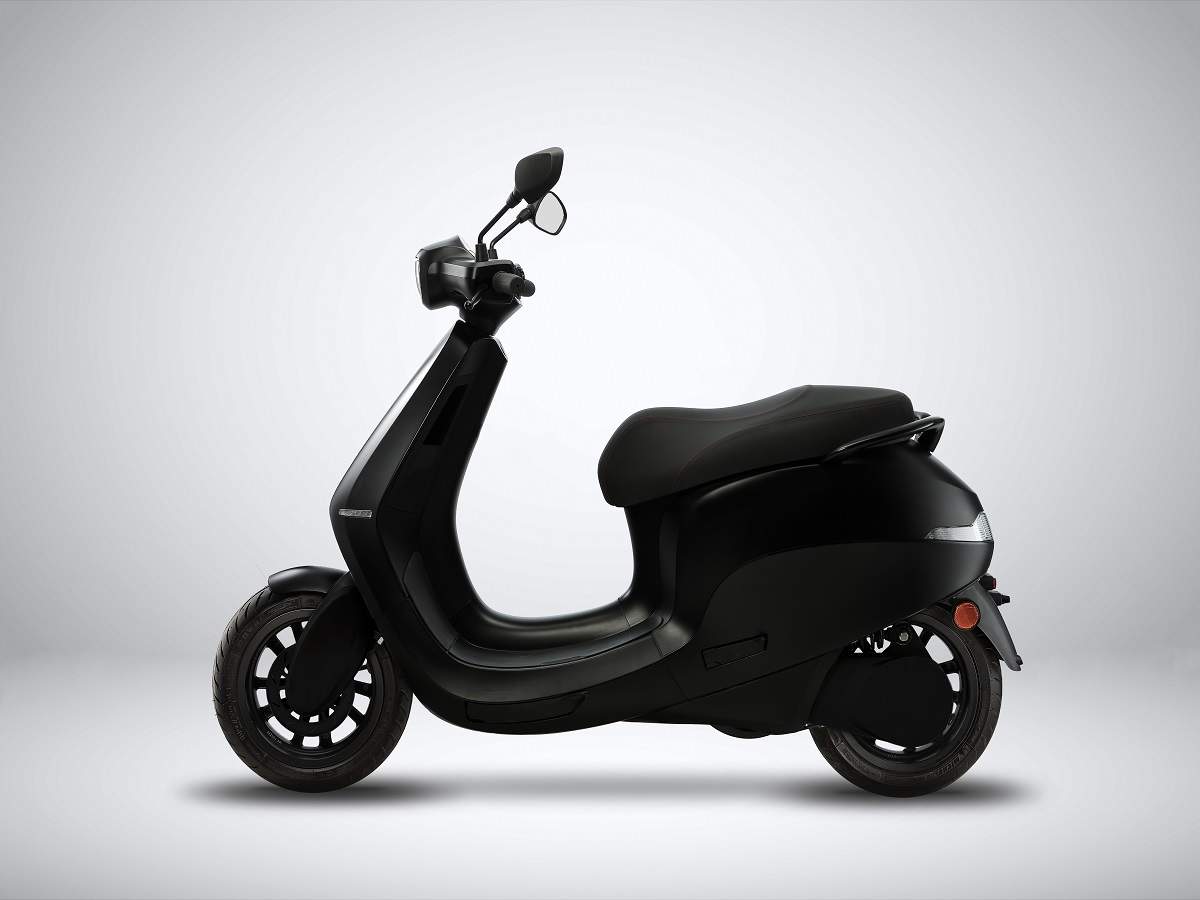
Ola, Ather... why everyone wants to ride an electric scooter in India

Everyone wants an electric scooter these days, thanks to surging petrol prices, increasing urbanisation and pollution.
The rocketing demand for the vehicles in India is clear from the sales reported last week by Ola Electric, and the changing fortunes of Ather Energy which unveiled the country’s first electric smart scooter in 2018, the Ather 450.
Ola Electric saw sales of Rs 1,100 crore in just two days for the Ola S1 and Ola S1 Pro scooters. It had opened bookings on July 19 and within a day, received 1 lakh reservations.
The elated CEO Bhavish Aggarwal had tweeted: “India is committing to EVs and rejecting petrol! We sold 4 scooters/sec at peak & sold scooters worth 600Cr+ in a day!” He said their day 1 sale of ₹600 crore was “one of the highest sales in a day (by value) for a single product in Indian e-commerce history”.
While Ola has just forayed into this segment, Bengaluru-based Ather had the first-mover advantage.
“In 2018 when we launched, there was a phenomenal response; people absolutely loved it,” Ather founder Tarun Mehta was quoted as saying in a report by The Print. “From two cities, we are now roughly present in about 14-15 cities and we are eyeing cities up to 1 every week so we will be present in about 50 cities by the end of this year.”
Ather Energy’s revenues rose from Rs 11.7 crore in the 2019-20 financial year to Rs 48.8 crore in 2020-21 fiscal. The company is now poised for hockey stick growth (sudden and rapid growth after a long period of linear growth), the report noted, highlighting the steady stream of customers at Ather Energy’s experience centre in Bengaluru’s Indiranagar on 15 July.
Ather Energy was launched by IIT-Madras graduates Mehta and Swapnil Jain in 2013, when customers were wary of electric vehicles and manufacturers faced a lack of investment.
“The Indian (scooter) market back then in 2014 was basically Honda Activa. They were 70-80 km/hr and electrics could only go up to 25 km/hr,” Mehta said. “So we decided to start with batteries for all the coming array of electric vehicles.”
The batteries led to full-fledged manufacturing of the electric scooter, with the founders getting financial backing from Flipkart co-founder Sachin Bansal, and two years later, Hero MotoCorp.
Ather had started off with $65,000 received from the Technology Development Board under the Department of Science & Technology, IIT Madras, and Srini V Srinivasan, founder of Aerospike.
“We knew that we couldn’t just put components together; this is the model followed by the manual, automotive industry… So the next four years, from 2014 to 2018, were spent in architecting and stabilising the product,” Mehta was quoted as saying by The Print.
After the Ather 450, the company unveiled the improved 450X. In the meantime, it grew beyond Bengaluru and Chennai to about 14 cities.
“Our sales in Bangalore have more than tripled since we launched 450X; Chennai has also tripled,” Mehta revealed. “Overall, we are selling about 10 times more than what we were selling last year.”
According to him, the toughest part was the shift to positive unit economics, that is the point at which each scooter itself was no longer costing the firm money. “The hardest part after 2018-2019 was to get the general economics in the right place and it was hard because it required a lot of conviction when you do not have any proof for it since nobody else has achieved something like this and survived to tell the tale. So changing the unit economics, while improving the quality and performance of the vehicle was just spectacularly hard,” he said.
Society of Manufacturers of Electric Vehicles (SMEV), an association comprising EV companies and manufacturers of electric vehicle components, noted a 612 per cent jump in sales of electric two-wheelers and four-wheelers, from 22,000 units in FY 2015-16 to 1,56,588 units in FY 2020-2021. It is further expected that the industry will see an average annual growth rate of 26 per cent in the next few years.
While the makers have the challenge of keeping up with demand and hiring experienced talent, as of now the electric scooters are racing ahead.
Also read: Solar power gets cheaper; it’s time we moved away from coal for electricity


